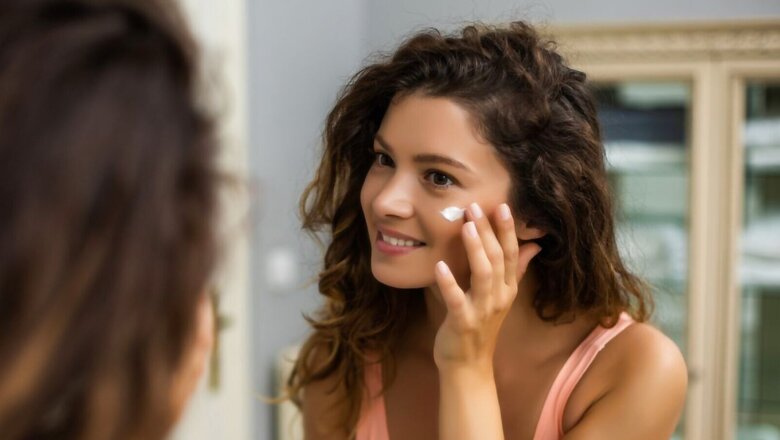
views
Even the most seasoned beauty enthusiast may find the skin-care aisle alluring due to its glitzy packaging, eye-catching graphics, and attractive claims of clearer, and brighter skin in just days. Some experts believe that instead of focusing on the packaging, we should focus on what’s inside. Focusing on the ingredient list is a good method to narrow down the options available to the best ones. That can seem like a difficult undertaking for people without a background in cosmetic chemistry, so we are here to guide you through the various ingredients.
Over the years, the skin care industry has gone through various innovations. The use of active substances is one of the newest trends that has flourished. An active ingredient is designed to address a specific skin issue, such as UV damage, acne, dryness, or ageing. ‘Actives’ are substances that could change chemically when creating a solution but still exist in the final product. Depending on the type of skin it is applied to, varying amounts of these raw ingredients are added.
How to choose the right ‘Actives’?
Firstly, it’s crucial to know your skin type and your individual skin troubles before deciding on an active component. Take this skin test to determine your skin type if you are unsure.
Next, use vitamin-based actives during the day and AHAs or BHAs at night if you are utilising multiple actives in your routine. The pH level of the products should be checked last because the most acidic substance should be applied first.
Utilizing the proper concentration is crucial if you want to treat a particular condition because the concentration of active substances impacts their efficiency. Always start out slowly, you can gradually increase the concentration after your skin adjusts.
Before adding any new ingredient or product to your skincare routine, it’s a good habit to conduct a patch test to rule out any adverse reactions.
What are the most common ‘Actives’?
Retinol, Alpha Hydroxy Acids (AHA), Beta Hydroxy Acids (BHA), Niacinamide, Hyaluronic Acid, and vitamin C, are examples of active ingredients that are frequently used. These active substances all address various skin issues.
Retinol, a vitamin A derivative, is particularly effective in preventing premature ageing. Retinol is applied topically to stimulate cell turnover, which helps regenerate our skin cells and combat hyperpigmentation. In other words, you should consider taking retinol if you want to get rid of wrinkles, dark spots, or an uneven skin tone.
AHAs and BHAs help in rectifying our appearance and brightening our skin tone. Fruit sugars (glycolic acid) and milk are sources of AHAs (lactic acid). They use gentle exfoliation to remove impurities and improve the texture of your skin.
Hyaluronic acid is a reliable option if your skin needs intensive hydration. Niacinamide, on the other hand, is renowned for its anti-inflammatory qualities that can calm your skin. The creation of collagen is increased by vitamin C, which is essential for maintaining youthful, supple skin.
But it is advised to consult a dermatologist if your problem is critical and none of these substances has any effect.
Read all the Latest Lifestyle News here
















Comments
0 comment